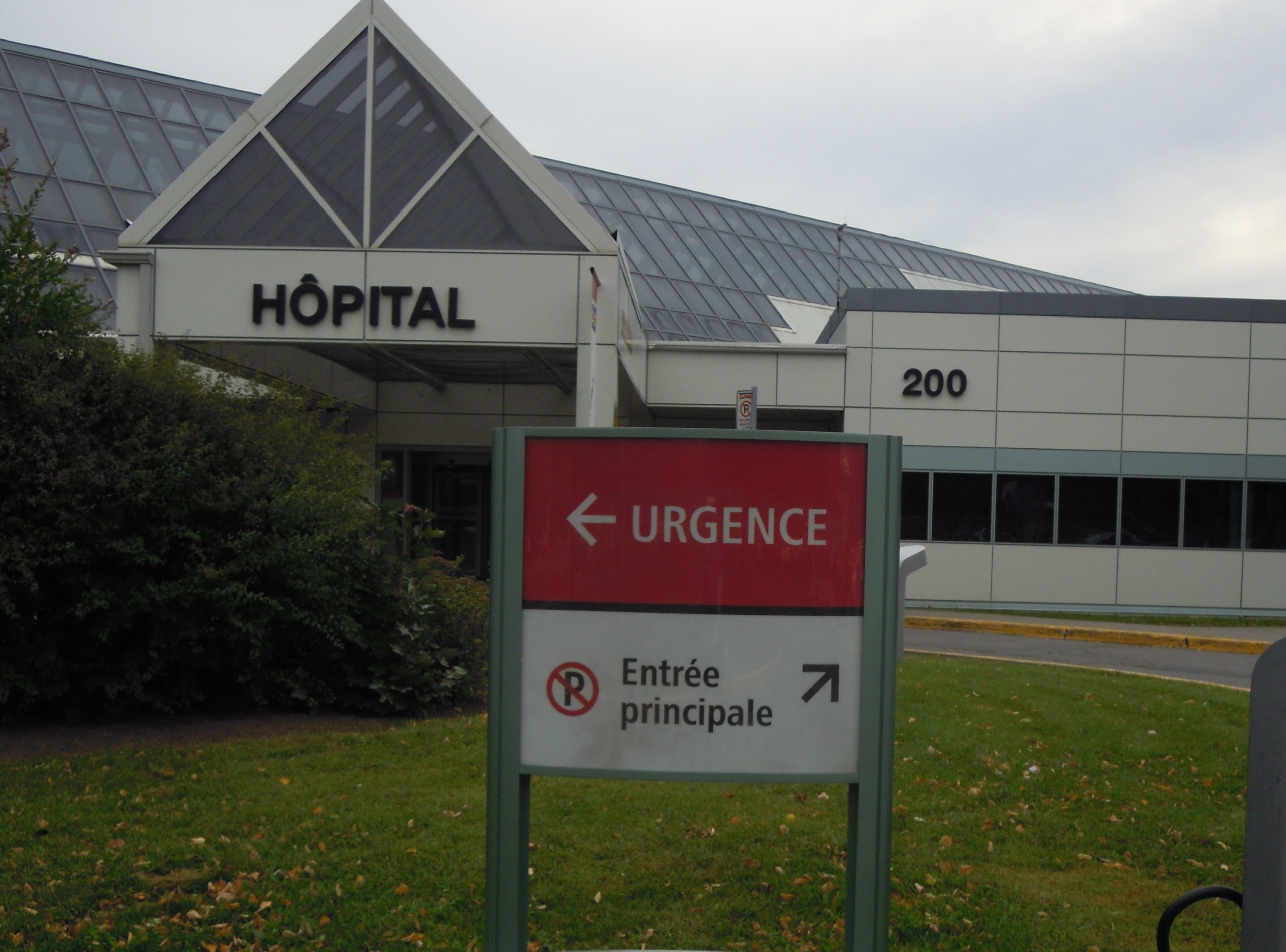An investigation by the Québec Ombudsman has shown that the multiple emergency problems at the Anna-Laberge Hospital in Châteauguay have real impacts on the health of patients and the quality of care provided. The ombudsman hopes that the provincial government will keep a close eye on this specific case following his recommendations.
In June 2021, the Québec Ombudsman published a damning report on the situation that has prevailed for several years in the emergency room at the Anna-Laberge Hospital. The investigation, which lasted almost nine months, began following testimonies and reports made on the critical state of the establishment’s emergencies.
In their report, the delegates Marie Noël Collin and Claudie Morin noted “the numerous impacts of the overcrowding of the emergency room and the lack of hospital fluidity on the quality of care and monitoring of users”.
The report mentions in particular care not given, medication errors, lack of equipment adapted to the condition of users, lack of patient monitoring or even care given in inadequate places.
The elderly, who represent a large part of the emergency room clientele, are severely affected by this disorganization, they say in the report. Hospital staff told investigators about an increase in cases of delirium, frequent falls, risk of undernutrition, immobilization syndrome and agitation between various users.
A myriad of problems
The causes of these disturbances in the emergency room at Anna-Laberge hospital are multiple, as the report indicates.
Lack of human resources is a predominant factor in the poor functioning of emergencies. According to the ombudsman, “all the people questioned are unanimous about the staff shortage, regardless of their hierarchical level within the establishment. The MSSS recognizes the imbalance of personnel in the region to the detriment of the CISSS de la Montérégie-Ouest ”.
The investigation notably reports a failure in emergency management. According to the report, the hospital faces a lack of leadership.
“Frequent changes of director of professional services (DSP) have however been observed for more than ten years within the establishment. Such a situation is detrimental to the development of a long-term vision for the emergency department, ”indicated the delegates in their analysis of the situation.
The lack of beds is also a major part of the problem equation. With 201 short-term hospital beds and 32 emergency stretchers, the hospital is unable to supply on demand.
“The need to reserve 39 so-called hot hospital beds for users with COVID-19 caused additional pressure on the emergency room,” the investigators concluded.
The investigation also revealed irregularities and deficiencies in computer equipment, consultations and emergency admissions.
Ombudsman recommendations
The hospital center has experienced numerous episodes of overflow in its emergency rooms, which receive approximately 45,000 people per year. The occupancy rate on a stretcher is very often around 175%, or even 200%. The report indicates in particular that the Covid-19 pandemic did not help the situation in any way. On the contrary, it has created additional pressure on the efficiency and safety of emergencies.
In order to restore the situation, the Québec Ombudsman is issuing several recommendations to the Châteauguay hospital center as well as to the Department of Health and Social Services.
Among these tips, the ombudsman recommends, among other things, a greater number of nurses in the emergency room, the redevelopment of the physical premises of the emergency room, the introduction of a decluttering plan, more efficient IT tools, a monitoring mechanism. more patients or even a better admissions management process.
The CISSS and the Ministry have assured the Québec Ombudsman of their full cooperation in this matter. They told him that they would carry out the necessary follow-ups to adequately respond to the various requests made in the report.
–


